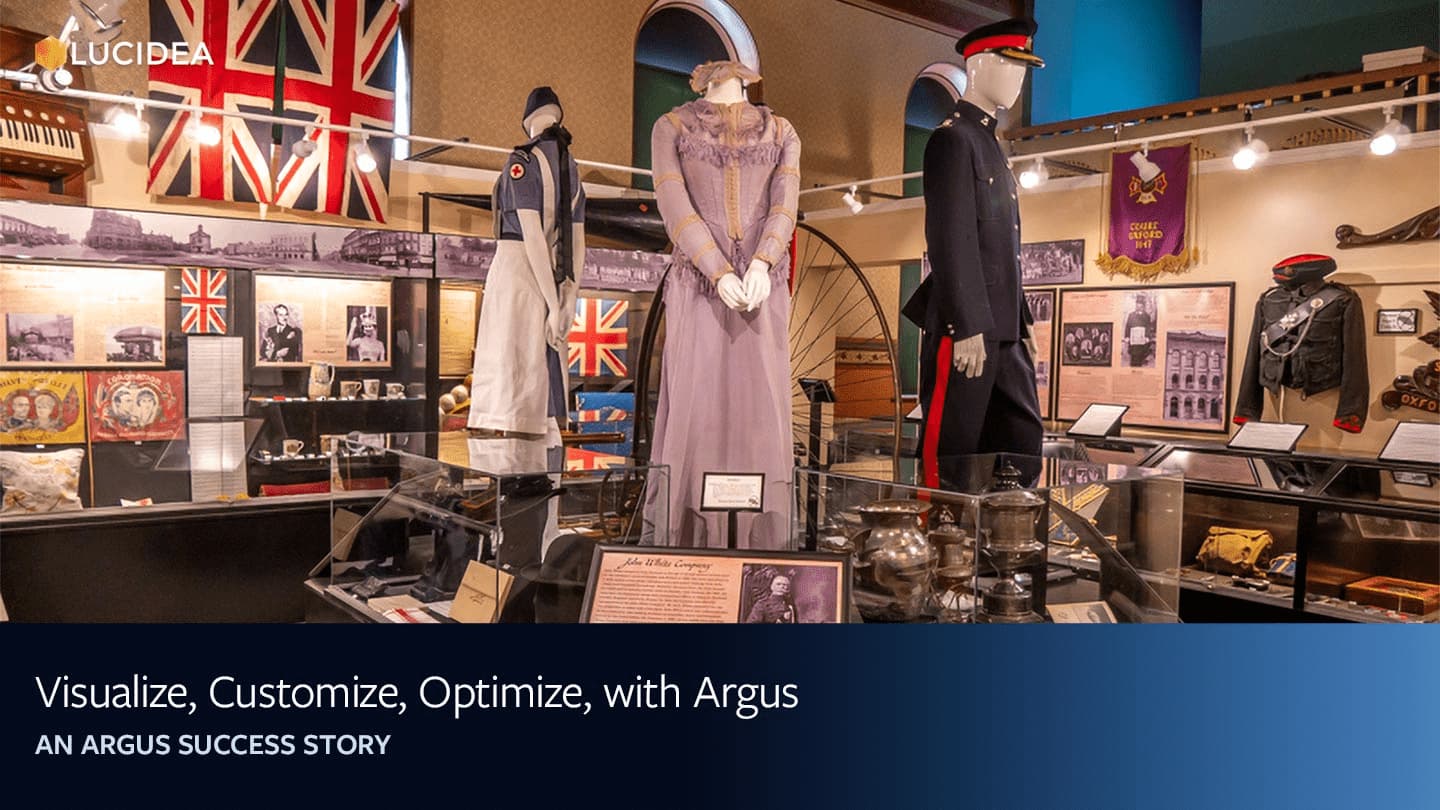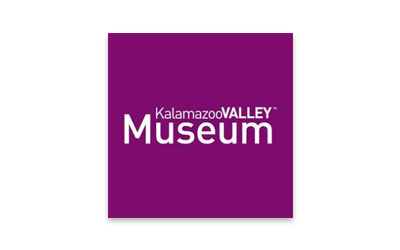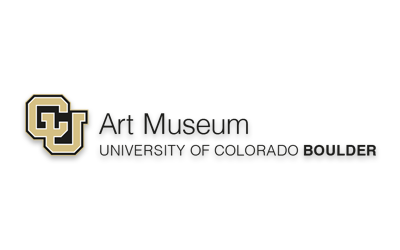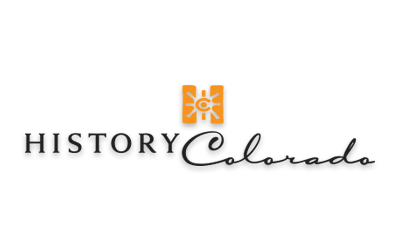Argus Success Story
Carpe Diem; Argus Turns a Challenge into a Success
 With a small staff and a collection of almost 16,000 objects, the University of Missouri’s Museum of Art and Archaeology provides an understanding of artistic and cultural heritage through research, collection and interpretation for the benefit of present and future generations.
With a small staff and a collection of almost 16,000 objects, the University of Missouri’s Museum of Art and Archaeology provides an understanding of artistic and cultural heritage through research, collection and interpretation for the benefit of present and future generations.“Argus is now integral to what each staff member does on a daily basis, and is also bulletproof for the occasional user; people can play around with it to do things that suit their own workflow … the beauty is that it is neither simple nor complex—it’s what you choose to do with it. We can shape it to our needs instead of making new investments in order to stay current.”
DR. ALEX BARKER
Director
University of Missouri Museum of Art and Archaeology
University of Missouri Museum of Art and Archaeology Challenges, Argus Solutions

Broadest possible access

Mobile functionality for staff and visitors

Social tagging, going beyond terms of art

Flexibility to accommodate antiquities cataloging

Expanded curation

- Broadest possible access
- Mobile functionality for staff and visitors
- Social tagging, going beyond terms of art
- Flexibility to accommodate antiquities cataloging
- Expanded curation
Making the move
The University’s Museum of Art and Archaeology was housed for 40 years in a former nuclear research facility on campus, that due to a change in safety standards was classified as unsafe, necessitating a move—with only six months’ lead time for totally vacating the premises. It was extremely taxing on staff and resources—how could they relocate the entire collection and still maintain intellectual control? The process exposed the gaps in collections management (performed at that time with classic Argus), and while they didn’t want to make a change mid-move, they seized the opportunity, after a full inventory, to adopt a new, more powerful CMS. Among other things, they needed to quickly and easily update location data, and they were very focused on getting their collections online; opening up everything for broad access was a strategic imperative inherent in the mission of the institution. After sending out an RFP and performing multiple vendor assessments, they selected the new, web-based version of Argus because it fit each and every requirement—and based on their great relationship with the client services team, they knew their transition from classic Argus would be straightforward. In addition to time-tested traditional collections management capabilities, Argus offers innovative functionality that supports the strategic goals of the University and the Museum. Particularly critical is the mobile interface that allows museum staff to make real time corrections and updates while roaming the collections. The ability to quickly update collections and condition information in situ saves an incredible amount of time while removing complexity. Staff can maintain full intellectual control, and increase and maintain accuracy because they don’t need to repeat tasks (risking mistakes). Per Dr. Endersby, Argus “multiplies the abilities of the staff.”
Breadth of Access
Prior to the recent Argus implementation, there was limited access to collections data even for museum staff because the system was available only via two standalone computers. It’s especially important for a teaching or research museum to provide constant access for students and faculty, allowing them full enjoyment and use of the collections when they wish and how they wish. With a fully web-based system that is browser and device agnostic, the access imperative is answered.
There at the point of need
The museum is temporarily located offsite, but the balance of research instruction goes on at the main campus, even over the phone or via laptops; with Argus it’s no longer necessary for museum staff or their materials to be physically present. Dr. Endersby shared a story of how a curator who teaches on Renaissance art could pull up museum materials and use their collections to answer questions on-the-fly during a lecture. Other faculty members are converts too, once they see how quickly and easily they can search the collections, create lists of objects, and link to expanded information about those objects.
Expanded curation
Per Dr. Endersby, Argus offers a great deal of freedom in terms of the number and size of images and other files attached to records. There is no need to worry about the scale of images associated with objects, and “…the ability to add all of the visual content you want, in any form, including non-static media, is just great. We can enable students to do full analyses of objects; the ability to capture all the related links, text resources, and audio-visual materials is very attractive.”

“...the ability to add all of the visual content you want, in any form, including non-static media, is just great. We can enable students to do full analyses of objects; the ability to capture all the related links, text resources, and audio-visual materials is very attractive."
Creating a community
At the time of writing, the Museum has just launched its public portal, made possible by Argus. Per Dr. Barker, “…searches for the public aren’t yet as good as they should be; getting help from the University’s students will allow us to leverage a current approach to the social tagging we can implement within Argus—students can provide terms and enable searching in a manner that’s accessible to today’s visitors. Art museums more than any other are viewed as elitist; we really want to break down those barriers—using natural language searches and social tagging will help do that. Terms of art aren’t immediately relevant to the general audience, and we don’t want to just guess at how they search, but to instead ask them.”

“...searches for the public aren’t yet as good as they should be; getting help from the University’s students will allow us to leverage a current approach to the social tagging we can implement within Argus...”
Tomorrow’s museum, today
The phrase carpe diem, quam minimum credula postero, translated as “Seize the day, put very little trust in tomorrow,” can be interpreted to mean that one cannot trust that everything is going to fall into place; one must take action for the future today. With Argus, not only did the Museum of Art and Archaeology seize the opportunity created by their unexpected move, they have taken action for the future with a purpose-built, exible, scalable and extensible collections management system that meets today’s strategic imperatives—and will also meet tomorrow’s.
More Argus Success Stories
Argus Success Stories
Request an Argus Demo
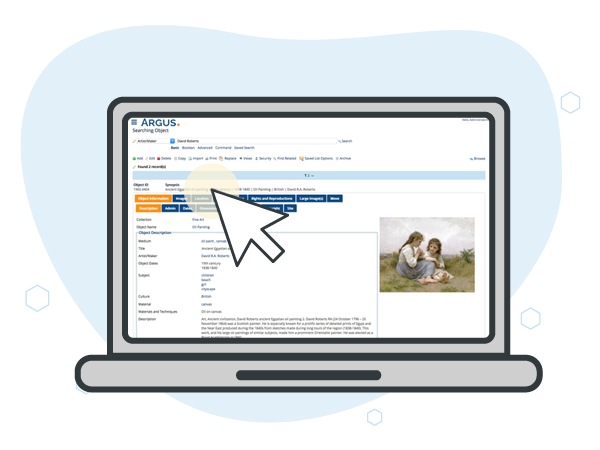
Hosting service
Enjoy all of the benefits of your Lucidea solution with secure, reliable, stress free hosting
Programs & incentives
No matter your size or budget, we’ve got you covered, today and tomorrow

